Introduction to Ethereum 2.0
Ethereum 2.0, often referred to as Eth2 or Serenity, represents a significant upgrade to the original Ethereum blockchain, addressing crucial limitations that have hindered its growth and performance since its launch. The transition from Ethereum 1.0 to Ethereum 2.0 is designed to resolve critical challenges such as scalability, energy consumption, and security vulnerabilities, which have become increasingly pressing as the platform continues to evolve and gain global traction.
One of the primary issues faced by the Ethereum 1.0 network is its scalability. As the demand for decentralized applications (dApps) and smart contracts has surged, the existing infrastructure has struggled to handle the increasing volume of transactions. This has resulted in slow processing times and higher transaction fees, which drastically affect the user experience and limit the network’s capacity to support future growth. Ethereum 2.0 seeks to address this scalability challenge through the implementation of a proof-of-stake (PoS) consensus mechanism, replacing the energy-intensive proof-of-work (PoW) model. This shift is expected to facilitate faster transactions and allow the network to support a larger number of concurrent users.
Moreover, energy consumption has emerged as a significant concern within the cryptocurrency community, particularly as environmental sustainability gains prominence. Ethereum 1.0’s PoW system requires substantial computational power, leading to excessive energy use. By transitioning to PoS, Ethereum 2.0 aims to significantly reduce the energy footprint associated with transaction validation, promoting a more eco-friendly approach and aligning with global sustainability goals.
Security issues also pose a threat to the integrity of blockchain networks. The shift to Ethereum 2.0 incorporates enhancements designed to bolster overall network security, making it more resilient against attacks. The upgrade signifies not just a technological advancement, but a necessary evolution to ensure Ethereum continues to remain a leading platform in the ever-changing cryptocurrency landscape.
Key Changes in Ethereum 2.0
Ethereum 2.0, widely known as ETH 2.0, signifies a monumental upgrade to the Ethereum network, bringing forth a range of changes aimed at enhancing its performance and sustainability. One of the most significant transformations is the transition from Proof of Work (PoW) to Proof of Stake (PoS) as the consensus mechanism. In the PoW system, miners validated transactions through complex computational tasks, making it energy-intensive and less environmentally friendly. Conversely, PoS allows validators to create new blocks and confirm transactions based on the number of coins they hold and are willing to “stake” as collateral. This shift not only reduces energy consumption but also encourages greater participation and decentralization, as anyone with a minimum amount of Ether can contribute to network security.
Another impactful change in Ethereum 2.0 is the introduction of shard chains. These chains work to enhance the scalability of the network by breaking it down into smaller pieces or “shards”, each capable of processing transactions and smart contracts independently. This parallel processing capability significantly increases the overall transaction throughput of the network, facilitating a smoother user experience and lower transaction fees. Alongside shard chains, the Beacon Chain plays a pivotal role in managing validators, overseeing the PoS protocol, and coordinating the network’s various shards. This centralized point of control democratizes the management of the Ethereum ecosystem and ensures synchronized operations across the network.
Moreover, improvements in transaction speed and efficiency have been a focal point of the Ethereum 2.0 upgrade. By optimizing the underlying technologies and incorporating the aforementioned shard and beacon chains, Ethereum aims to handle a much larger volume of transactions per second compared to its predecessor. These advancements position Ethereum not only as a leading smart contract platform but also as a viable alternative for decentralized applications requiring rapid and reliable transaction completions. Overall, the changes introduced in Ethereum 2.0 represent a significant leap towards a more efficient, sustainable, and scalable blockchain ecosystem.
Impact on the Ethereum Ecosystem
The introduction of Ethereum 2.0 marks a significant evolution in the Ethereum ecosystem, reflecting a strategic shift from a proof-of-work (PoW) to a proof-of-stake (PoS) consensus mechanism. This transformation holds profound implications for decentralized applications (dApps), decentralized finance (DeFi) projects, and non-fungible token (NFT) platforms. As the Ethereum network transitions to PoS, scalability and transaction speed are expected to improve, allowing developers to create more robust and efficient dApps that can handle increased user demand.
DeFi applications will particularly benefit from Ethereum 2.0’s enhancements. The improved throughput and reduced transaction costs can attract more users and capital to these platforms, driving further innovation within the space. With a more scalable infrastructure, DeFi protocols can experiment with complex financial products that may have been impractical under the previous PoW model. This upgrade could stimulate new investment opportunities as users seek to capitalize on the emerging functionalities of DeFi applications.
NFT platforms also stand to gain from the changes brought by Ethereum 2.0. The anticipated reduction in environmental impact associated with PoS may attract a broader audience, including artists and collectors who prioritize sustainability in their digital engagements. Furthermore, the efficiency of transactions permits quicker and cheaper interactions, thus fostering increased activity within the NFT marketplace.
However, the migration to Ethereum 2.0 is not without its challenges. Developers may face a learning curve as they adapt to the new protocol, which could initially slow down the deployment of new dApps and features. Additionally, potential security concerns during the transition phase must be carefully monitored to prevent exploitation. Overall, Ethereum 2.0 is poised to reshape the Ethereum ecosystem, driving both positive growth and challenges as it adapts to this new paradigm.
Future Outlook for Ethereum 2.0
The transition to Ethereum 2.0 represents a pivotal moment in the evolution of decentralized technologies. As Ethereum evolves, its roadmap outlines several significant upgrades aimed at enhancing its scalability, security, and sustainability. Notably, the introduction of the proof-of-stake (PoS) consensus mechanism has already begun to reshape the network’s energy consumption and transaction validation processes. Future upgrades, such as sharding, are expected to play a crucial role in increasing transaction throughput, allowing Ethereum to support a broader array of decentralized applications (dApps) without compromising on performance.
In the coming months and years, Ethereum 2.0 will likely experience additional enhancements, such as the implementation of rollups, which can further improve scalability. These layer-two solutions can process transactions off the main chain while still leveraging Ethereum’s robust security features. As these technologies mature, users can expect a more efficient and cost-effective platform, which may attract even more developers and users into the Ethereum ecosystem.
However, Ethereum 2.0 does not exist in isolation; it faces stiff competition from other blockchain platforms like Cardano, Polkadot, and Solana. Each of these competitors is innovating rapidly and presenting unique features that appeal to developers. Therefore, for Ethereum 2.0 to maintain its leadership position, it will need to not only meet but exceed user expectations and adapt quickly to the dynamic demands of the blockchain landscape.
In conclusion, the future of Ethereum 2.0 is promising, marked by ongoing developments and transformative upgrades. As it navigates the competitive challenges presented by other blockchain networks, continued innovation and community engagement will be essential. The success of Ethereum 2.0 will depend on its ability to sustain its technological edge while fostering a vibrant ecosystem for developers and users alike.


















